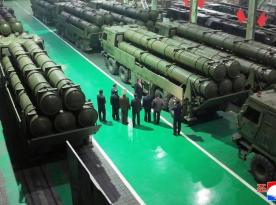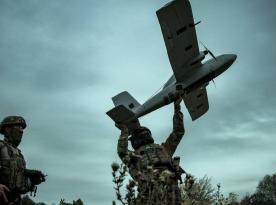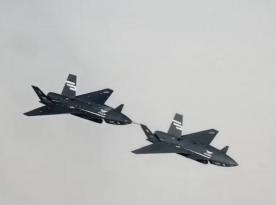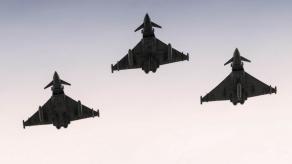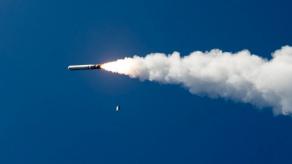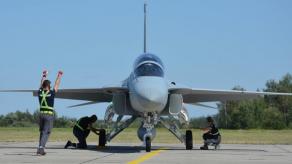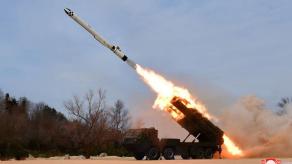Ukrainian defenders have eliminated one of russia's most destructive battlefield weapons. On the Zaporizhzhia front, fighters of the 102nd Separate Brigade destroyed russian TOS-1 Solntsepyok heavy flamethrower system.
The successful strike was reported by the Territorial Defense Forces Command. The destruction of this system is another demonstration of Ukraine's growing ability to neutralize russia's most dangerous weapons, often referred to as "superweapons" in Kremlin propaganda.
Read more: Ukrainian Intelligence Reveals New russian UAV Built with Chinese, American, Swiss, Japanese, and Taiwanese Components
The operation was made possible through precise coordination between various units. Crews operating unmanned aerial systems worked closely with reconnaissance platoons and adjustment teams, ensuring that the target was detected, tracked, and struck with accuracy.
The Command emphasized that the result was achieved through a joint effort: reconnaissance, adjustment, and the final strike. Thanks to this teamwork, another enemy weapon intended to spread terror on the battlefield has been reduced to scrap metal.
The TOS-1 Solntsepyok system is one of the most feared weapons in russia's arsenal. It fires thermobaric rockets capable of devastating fortified positions and causing widespread destruction over large areas. Its loss represents a significant blow to russian offensive capabilities on the Zaporizhzhia axis.
For Ukraine, the elimination of such a weapon has both tactical and symbolic importance. On the tactical level, it reduces the threat to Ukrainian troops and defensive fortifications.
As Defense Express previously reported, Ukrainian drone operators from the 27th Pechersk Brigade of the National Guard of Ukraine have successfully eliminated russian S-300V surface-to-air missile system in the Zaporizhzhia direction. The strike marks a significant blow to russian air defense capabilities in the sector.
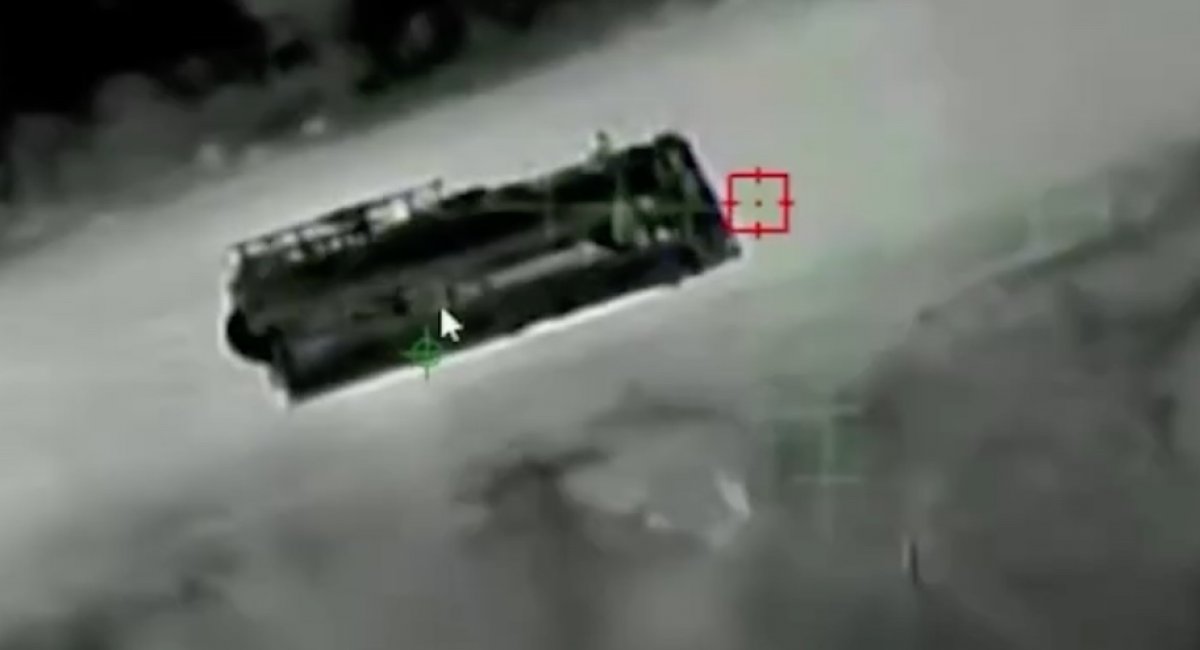
Read more: Ukrainian National Guard Drones Destroy russian S-300V Air Defense System in Zaporizhzhia Region





